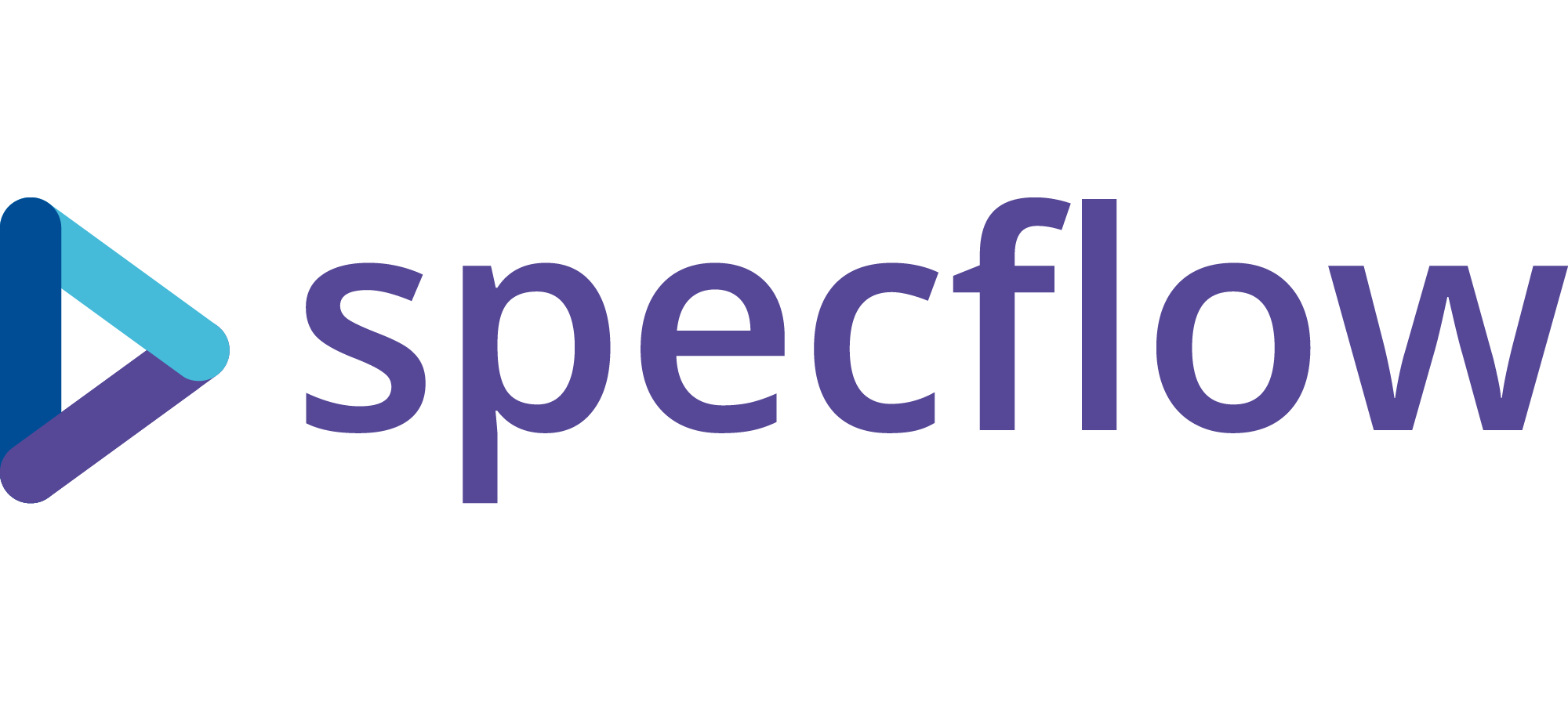What is SpecFlow?
SpecFlow is an open-source Behavior Driven Development (BDD) tool for .NET. It acts as a bridge between non-technical stakeholders and developers by facilitating the writing of business-readable specifications that can also be executed as automated tests. Based on the Gherkin language for defining test cases, SpecFlow allows teams to define, manage, and automatically execute human-readable acceptance tests in multiple .NET platforms like .NET Framework, .NET Core, and .NET 5+.
| Feature | Description |
|---|---|
| Language | Gherkin (Given-When-Then format) |
| Platforms | .NET Framework, .NET Core, .NET 5+ |
| Test Runner Compatibility | MSTest, NUnit, xUnit |
| Extensibility | Plugins and hooks to allow customization |
| Integration | Compatible with Selenium, Appium, and other browser automation tools |
What is SpecFlow Used for and How Does it Work?
SpecFlow is particularly valuable for automating scenarios in browser-based applications, making it a good fit for web testing environments. It translates human-readable specifications into code snippets and test cases that are executed with the help of automation frameworks like Selenium. Here is a general workflow:
- Requirements Gathering: Stakeholders define requirements in business-readable language.
- Feature Files: These requirements are translated into Gherkin language and saved in
.featurefiles. - Code Binding: SpecFlow maps the Gherkin language elements to methods in your test code.
- Test Execution: Utilizing a test runner (like MSTest, NUnit, or xUnit), SpecFlow executes the code bindings.
- Result Analysis: Outcomes are analyzed to ensure they meet the intended behavior.
Why Do You Need a Proxy for SpecFlow?
The introduction of proxy servers into a SpecFlow environment can serve multiple objectives:
- Traffic Monitoring: Debugging and inspecting network traffic between your test cases and the web application.
- Geo-Testing: Simulating scenarios from different geographical locations.
- Load Balancing: Distributing incoming test requests across multiple web servers to ensure high availability and reliability.
- Security: An extra layer of security can be added by routing test traffic through a secure proxy.
- Rate Limit Evasion: Overcome rate-limiting restrictions imposed by the server under test.
Advantages of Using a Proxy with SpecFlow
By integrating SpecFlow with a proxy server like OneProxy, you can achieve:
- Enhanced Speed: OneProxy’s data center proxy servers offer high-speed connectivity.
- Scalability: Easily handle an increased number of simultaneous test cases.
- Privacy and Anonymity: Mask the origin of the test requests.
- Resource Optimization: Efficiently use network resources by caching content.
- Security: SSL encryption for all the test traffic.
- Data Accuracy: Greater assurance that your tests reflect real-world conditions when you can simulate different geo-locations.
What are the Cons of Using Free Proxies for SpecFlow
- Limited Bandwidth: Slower execution of test cases.
- No Encryption: Your data and test cases could be exposed.
- Unreliable: High chances of server downtimes.
- No Customer Support: If something goes wrong, you’re on your own.
- Potential Data Tampering: Risk of data being altered as it passes through the proxy.
What Are the Best Proxies for SpecFlow?
For running automated tests via SpecFlow, it’s advisable to opt for dedicated or data center proxies like OneProxy for the following reasons:
- Speed: Data center proxies are faster than residential or free proxies.
- Reliability: Guaranteed uptime, ensuring your tests won’t be interrupted.
- Security: Enhanced security features, including SSL encryption.
- Customer Support: Professional help is available should you encounter issues.
- Customization: Tailor the settings to meet your specific testing requirements.
How to Configure a Proxy Server for SpecFlow?
Here are the steps to configure a proxy server for SpecFlow:
- Download Proxy Configuration: From OneProxy, download the configuration details.
- Modify WebDriver: Configure the WebDriver in your SpecFlow project to use the proxy settings.
csharp
Proxy proxy = new Proxy(); proxy.HttpProxy = "proxyserver:port"; FirefoxOptions options = new FirefoxOptions(); options.Proxy = proxy; IWebDriver driver = new FirefoxDriver(options); - Execute Tests: Run your SpecFlow scenarios as usual, and the traffic will be routed through the proxy server.
By integrating SpecFlow with OneProxy, you can overcome many of the limitations that stand-alone automated testing frameworks encounter, thereby optimizing your testing environment for both speed and accuracy.













